Everyone knows that peasants in the Middle Ages never bathed, and that Kings and Queens were afraid the bathtub would make them sick! Everyone was smelly and dirty all of the time. Right?
Actually, people’s hygiene habits might surprise you. As we saw in our article on Industrial Pollution in the Middle Ages, people’s reaction to issues of health and hygiene was complex, and often more intelligent than we give them credit for. Most of our ideas about bath-phobic royals – such as the famous quote about Queen Elizabeth I (r. 1558-1603) ‘having a bath once a month, whether she needed it or not’ – come from the Early Modern period, after the Medieval period had ended, when urban squalor and new ideas about the causes of disease had begun to alter the habits of the wealthy. Many of our modern social mores around hygiene would be familiar to ordinary people in the Middle Ages: regular bathing, hand-washing (especially before and after meals), and even efforts to make themselves smell a bit better!
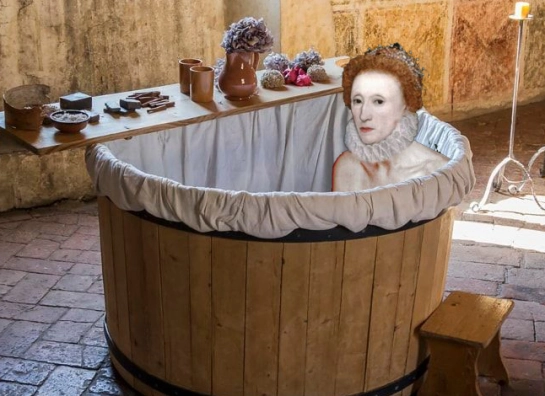
(A small note on Queen Lizzy’s infrequent baths – the quote can be traced to a Venetian ambassador, who was remarking on the Queen’s wealth, not her hygiene. She was so wealthy, he said, that she could bathe in expensive healing herbs every month, ‘whether she needed [to be healed] or not’. London’s public baths had been closed down in 1500, due to being a recognised public health hazard!)
Noxious Norsemen?
Right. Let’s start off with some real stinkers. The Vikings: the longboat-rowing, village-pillaging inhabitants of medieval Scandinavia. We’ve all seen the movies and TV shows that depict them as grimy and smelly. They must have been absolute pongers, surely?
It’s hard to think of any other European people who have been as subject to so much myth-making (and slander) as the Vikings. And for obvious reasons: they were the terror of the seas of Europe for three centuries, making Christian monks in poorly defended monasteries quake in their sandals. And it was the Christian monks who wrote the ‘official’ histories! No wonder they frequently described the Vikings as monstrous, unwashed barbarians.
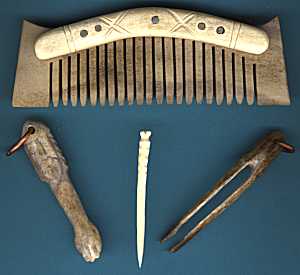
There is actually plenty evidence that the Vikings cared a lot about their appearance. The Vikings frequently buried their dead with grave-goods that were significant to them in this life, and would help them in the next – and frequently, those include handsome clothing and finely-made beard combs. It is known that the Vikings highly prized ambergris, a fragrant whale byproduct, and would trade for it in silver. As well, Viking sagas mention personal cleanliness with surprising frequency: for example, the Reginsmál says that a Viking should begin every day ‘combed and washed’ – for one could never know where you might find yourself by sunset. Perhaps the Anglo-Saxon scribes were more than a bit jealous of these tall, rugged, clean and sweet-smelling Norsemen coming over and making the Anglo-Saxon women swoon?
Putrid Peasants?
Divining the lives of ordinary people in the Medieval period is a challenge to historians and archaeologists. Locked out from social power and access to education, they frequently left behind little archaeology and no written records. So examining the hygiene habits of the peasantry is far from easy. Modern depictions frequently show the vast mass of medieval peasants as living short, dirty and disease-ridden lives – I’m reminded of the quote from Monty Python and the Holy Grail – ‘He must be a king, he hasn’t got sh*t all over him’!
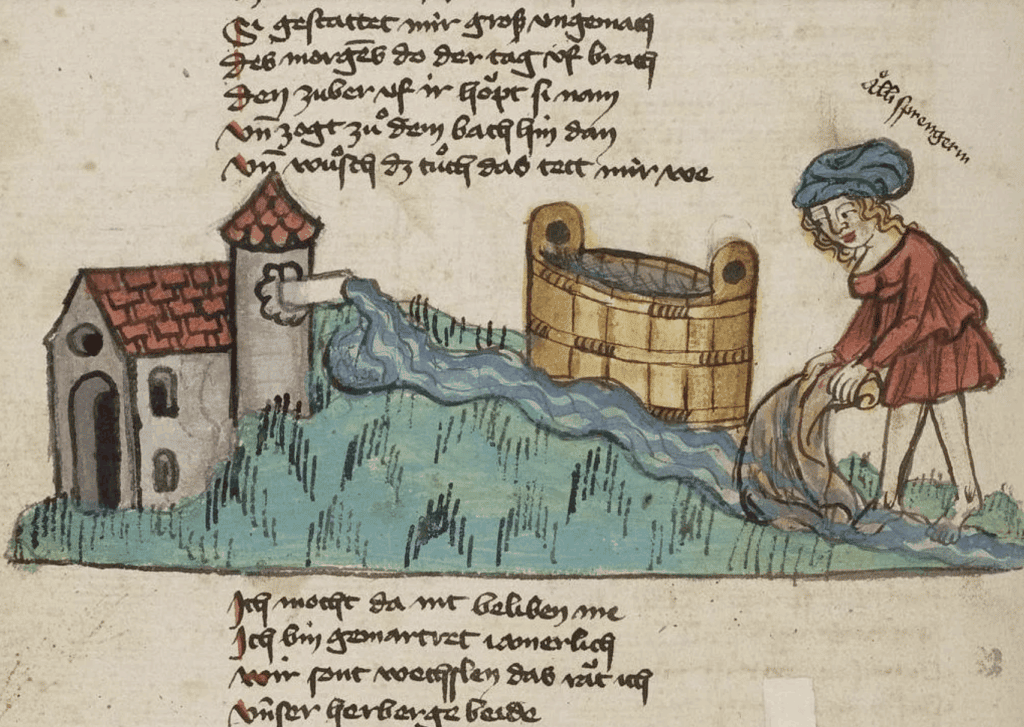
There can be no doubt that the rural life, full of backbreaking labour, that almost everyone in the Middle Ages faced was indeed dirty, and disease-ridden. But there is evidence that the peasants did their best. Even though there was no understanding of germs or parasites, the link between dirtiness and disease was well-understood in the Middle Ages, and even peasants would make an effort to keep clean. Where they could, even ordinary peasants would bathe frequently – some Roman-era public baths were still operational into the Middle Ages. They would clean their teeth by using twigs or rough bark as a primitive toothbrush. Some wealthier peasants might even be able to afford some lime and salt, mixed together to wash their hair in. Simple herbal cures were reasonably accessible – such as mixing fragrant herbs into straw bedding to dissuade lice and promote health.
Funky Monks?
Particularly as the Middle Ages progressed, and urban sprawl began to make hygiene in cities more of a challenge, the monasteries remained a place of comparative clean and health. Monks lived by a strict code of personal behaviour, including abstinence, quiet contemplation and manual labour – but also of carefully observed personal hygiene. Where for most medieval men, shaving was a very occasional luxury, monks were required to shave daily. Since mirrors were small and extremely expensive, the brothers would shave one another!

Cluny Abbey, where the Benedictine order of monks was founded, has an unusually complete set of records – and from these, we know that the monks had towels, with a regular collective laundry service. There is a large lavabo or basin in the refectory, where the monks all washed their hands before and after meals. They even had individual toilet stalls – the garderobes have 45 individual cubicles! Cluny was unusually wealthy, but we can imagine that monasteries across Europe were a surprisingly clean and healthy place to be.
Crusty Crusaders?
Throughout history, armies have been notoriously smelly and sickly things – just try going camping with three of your mates in a tent for a weekend, then multiply that by several thousand over six months! The Crusader armies in the Middle East were perhaps some of the worst of the Middle Ages, a seriously impressive achievement amongst some very gross contenders. Where Christian accounts of the Crusades tend to airbrush this bit (in the name of the glory of the Christian God, of course), Muslim accounts of the Crusaders are frank about their lack of hygiene.
The chivalric culture that had taken root in 11th century Western Europe disregarded everything in favour of horsemanship and warmaking – including education and cleanliness. Crusading knights would boast to the hygiene-conscious Muslims of only having bathed four times this year. Many tens of thousands of Christians would end their days in the Holy Land, not falling in glorious battle but through simple lack of basic hygiene, or the victim of primitive Western healthcare.

By contrast, Islamic society was highly sophisticated, both in hygiene and medicine. The Hadith states that personal cleanliness is half of faith, and Islamic society put this into effect. Medieval Muslims were to wash before each of their five daily prayers, and, as today, alcohol was officially forbidden. How far these religious laws were observed is debatable – but they were miles ahead of Western Christian hygiene. Scholars like al-Zahrawi (c. 963 – 1013) invented hair-removal techniques, bad breath cures, and even the under-arm deodorant!
So, how dirty were the Middle Ages? Well – in certain places and certain times, even ordinary people had access to some degree of hygiene. And in general, the wealthier you were, the better your opportunities to keep clean were. But there can be little doubt that most people were subject to pretty inhumane conditions of grime and dirt – although even then, people made their best shot at keeping clean.

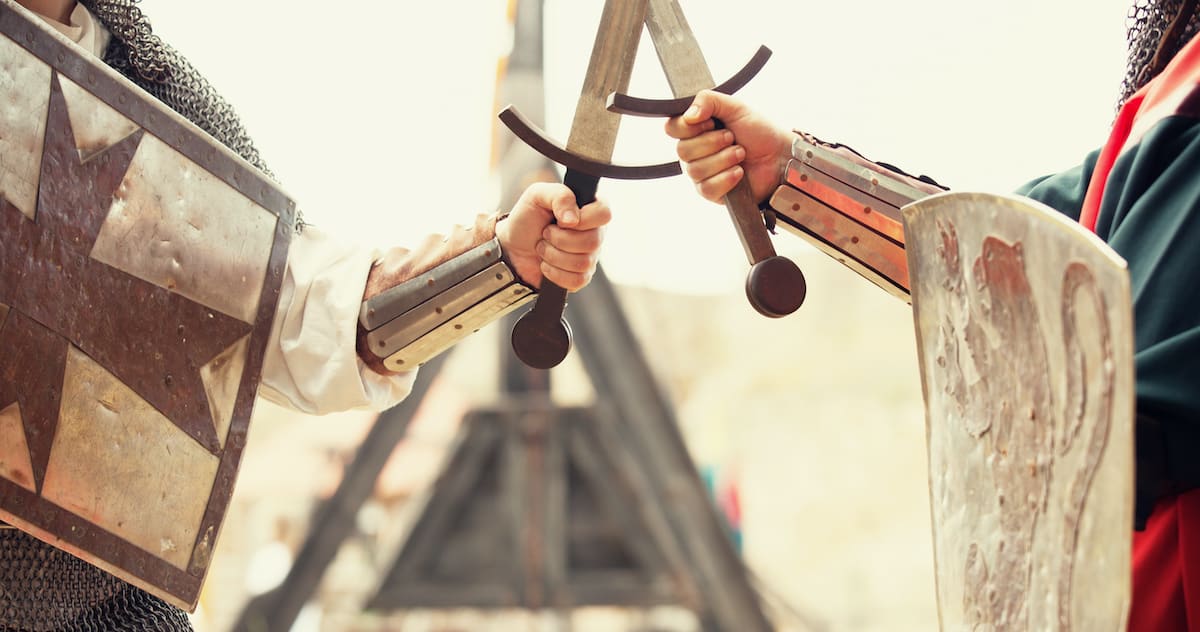 Historical Swords
Historical Swords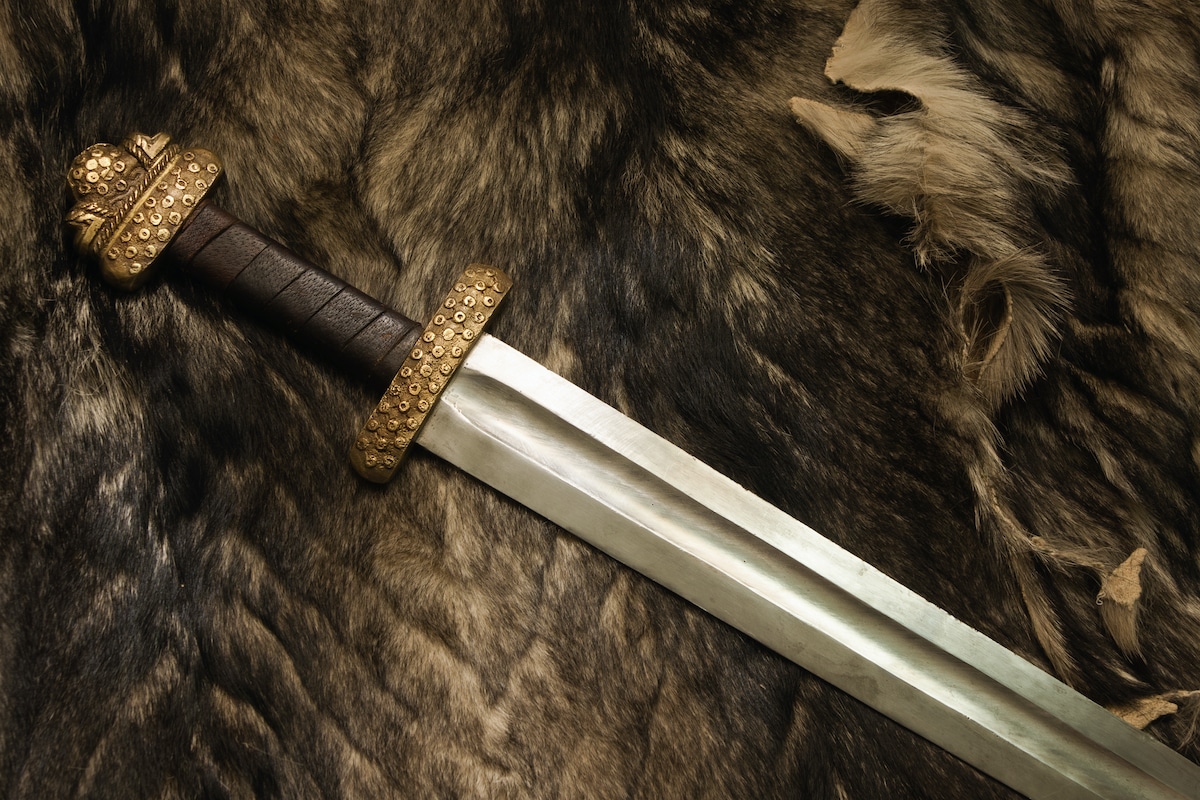 Norse & Viking Swords
Norse & Viking Swords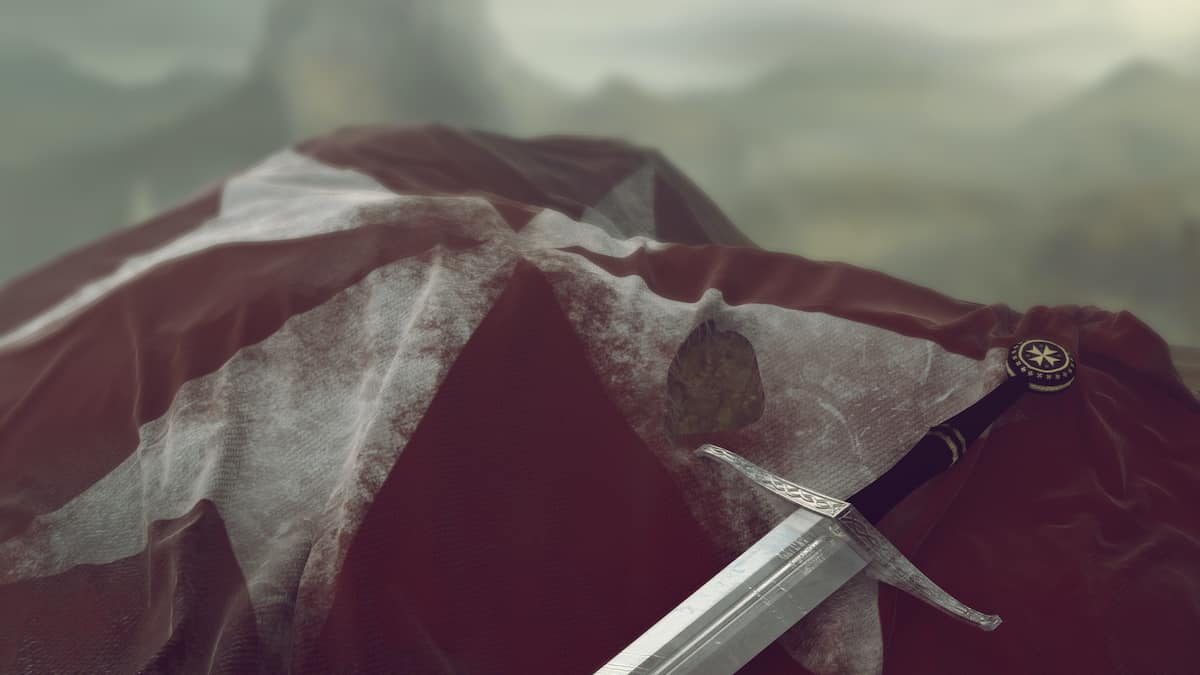 Templar Swords
Templar Swords Claymore Swords
Claymore Swords Fantasy Swords
Fantasy Swords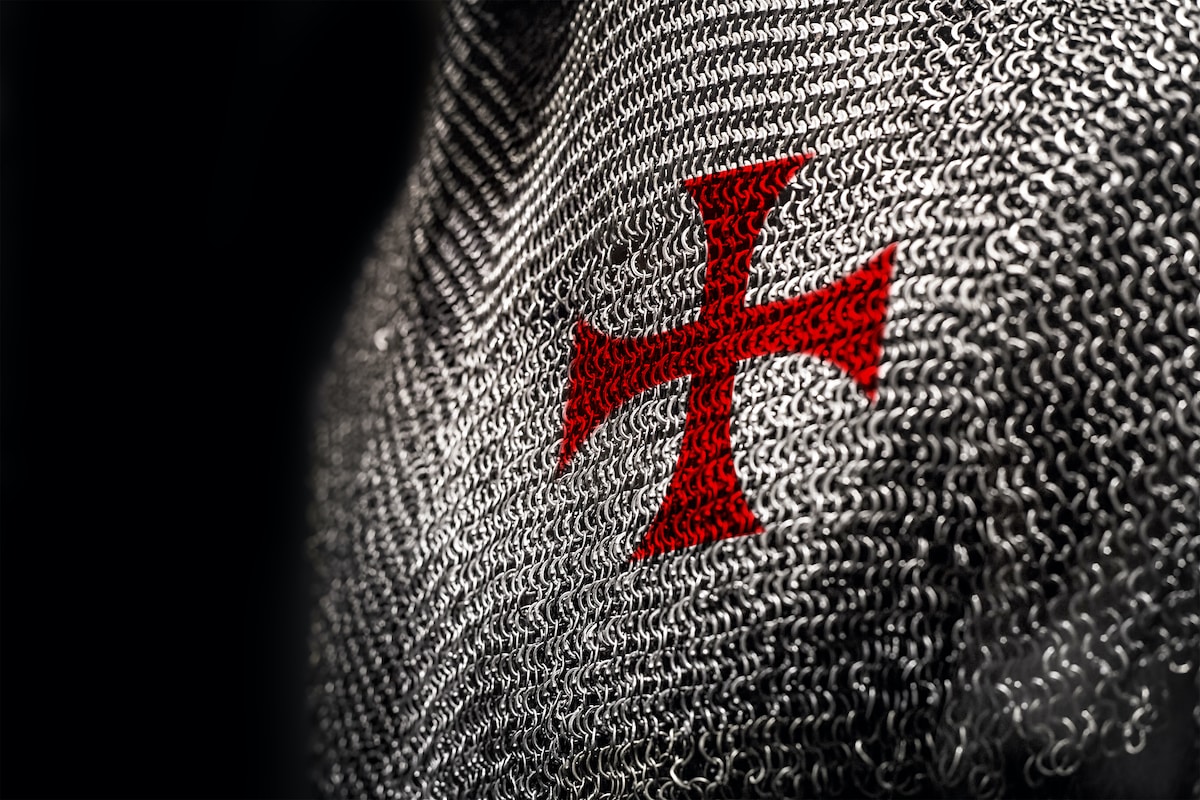 Chainmail
Chainmail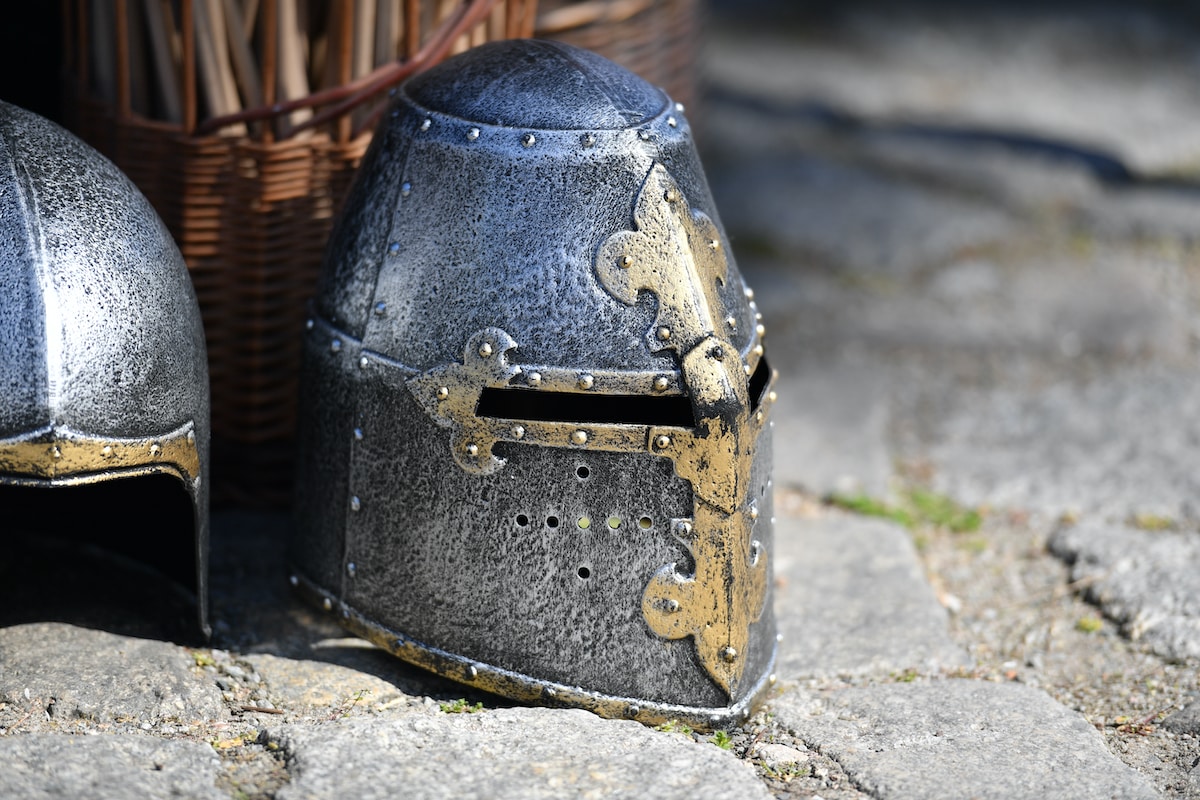 Helmets
Helmets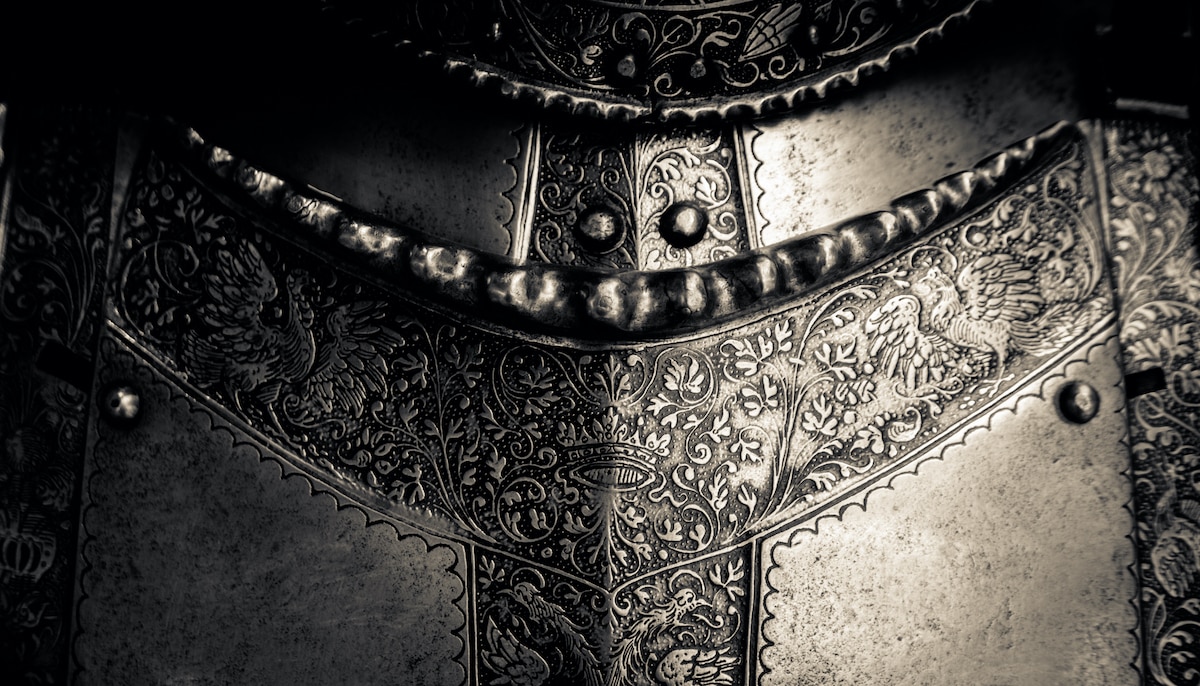 Torso Armor
Torso Armor Bracers and Arm Protection
Bracers and Arm Protection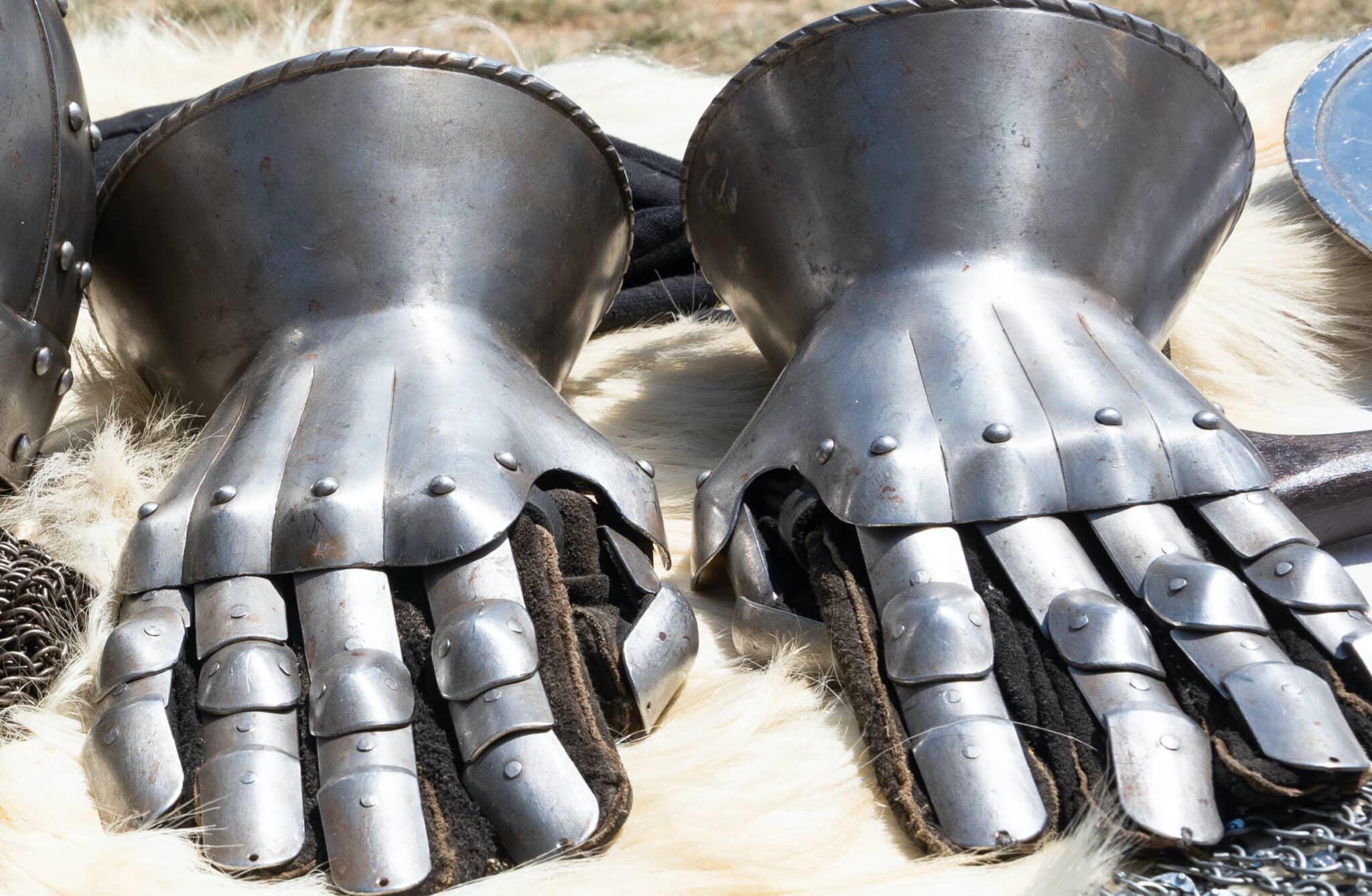 Gauntlets
Gauntlets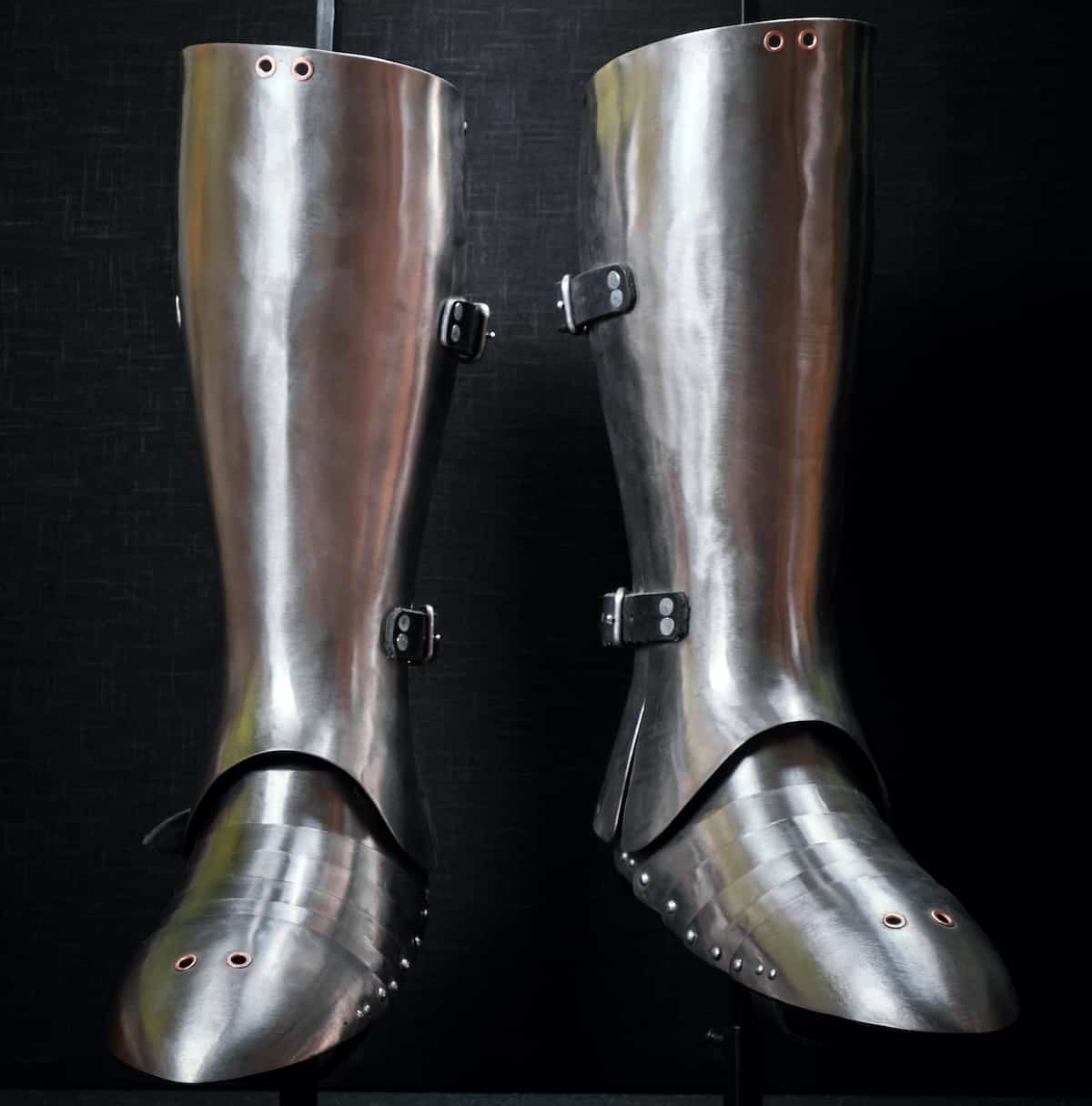 Leg Armor
Leg Armor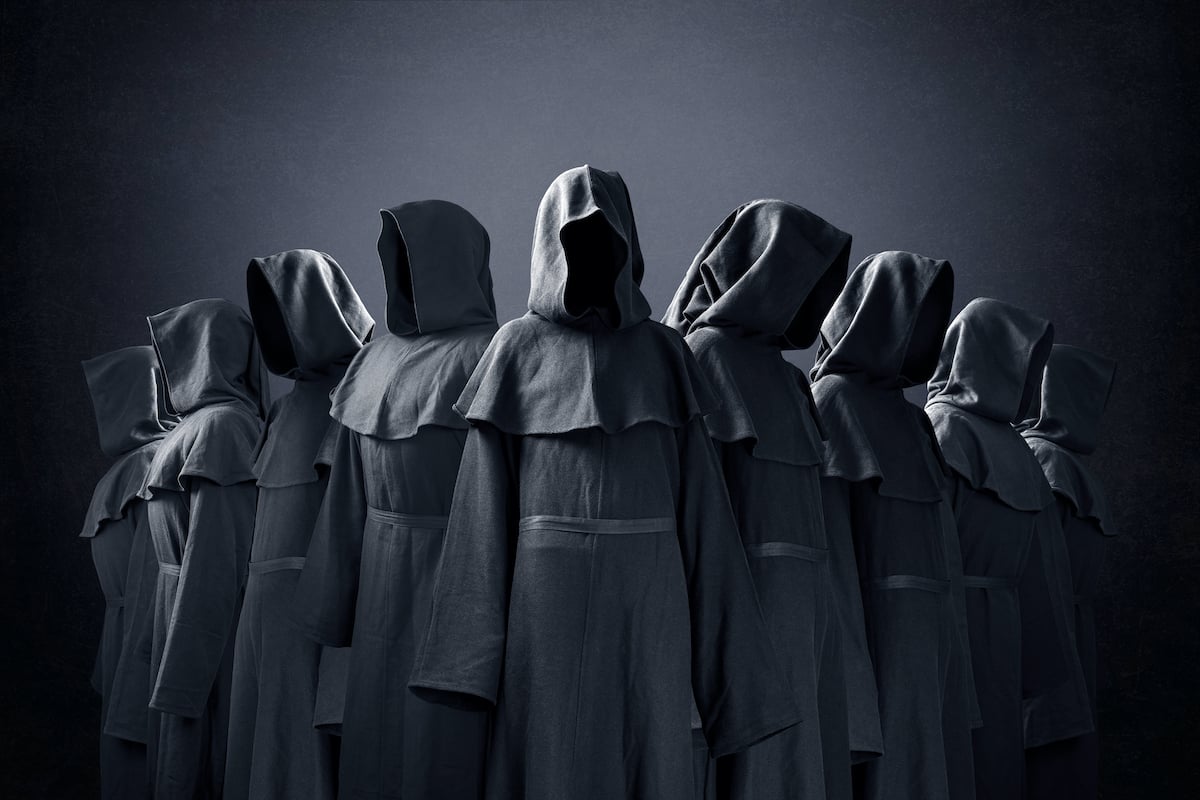 Cloaks
Cloaks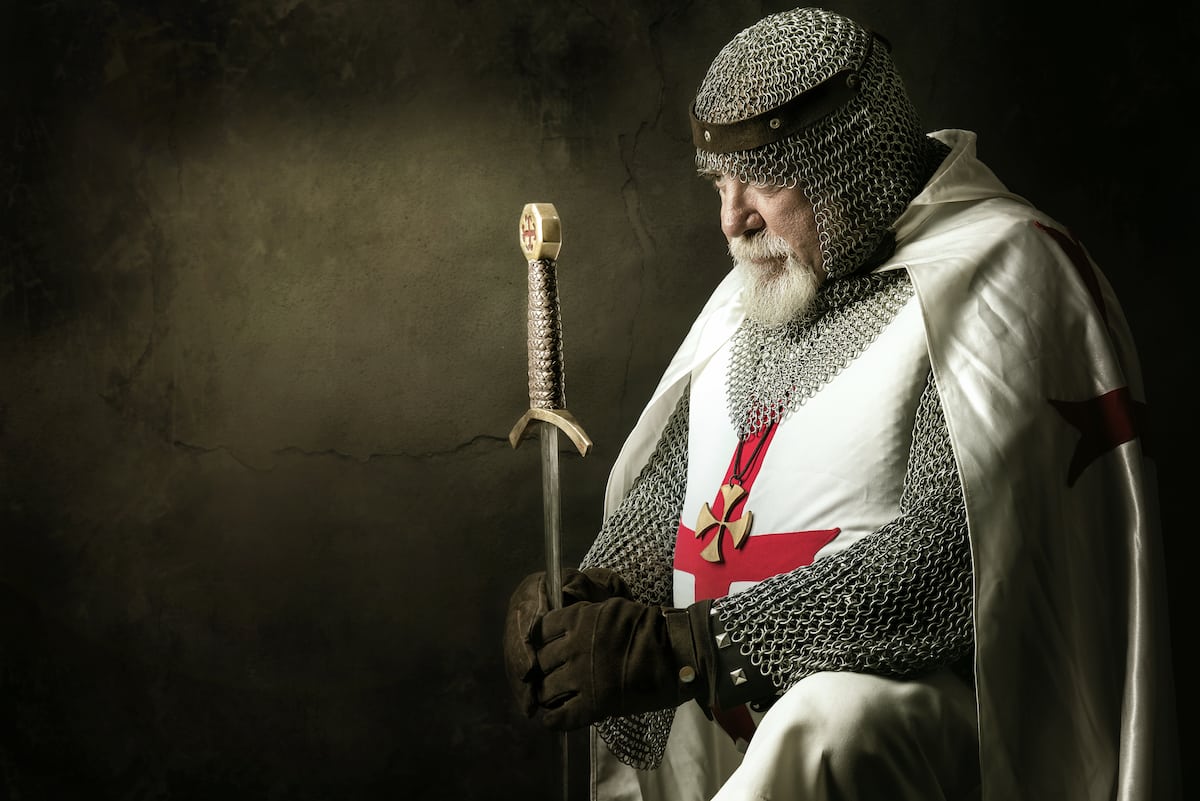 Tabards
Tabards Shirts
Shirts Tunics
Tunics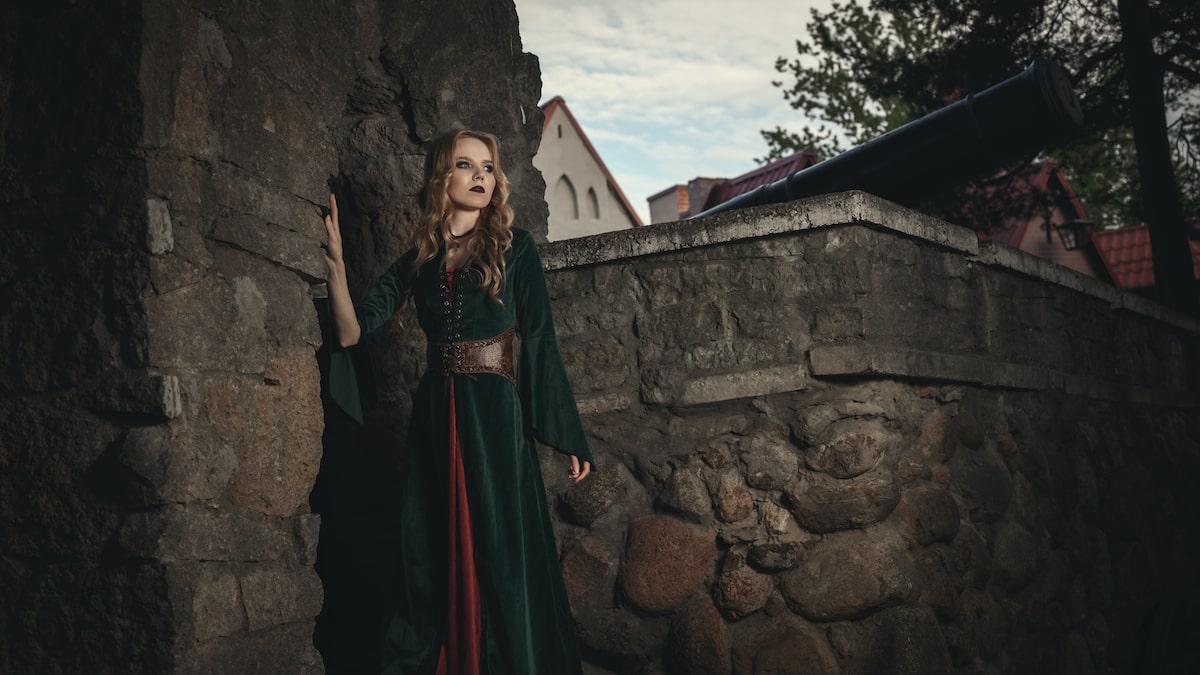 Dresses
Dresses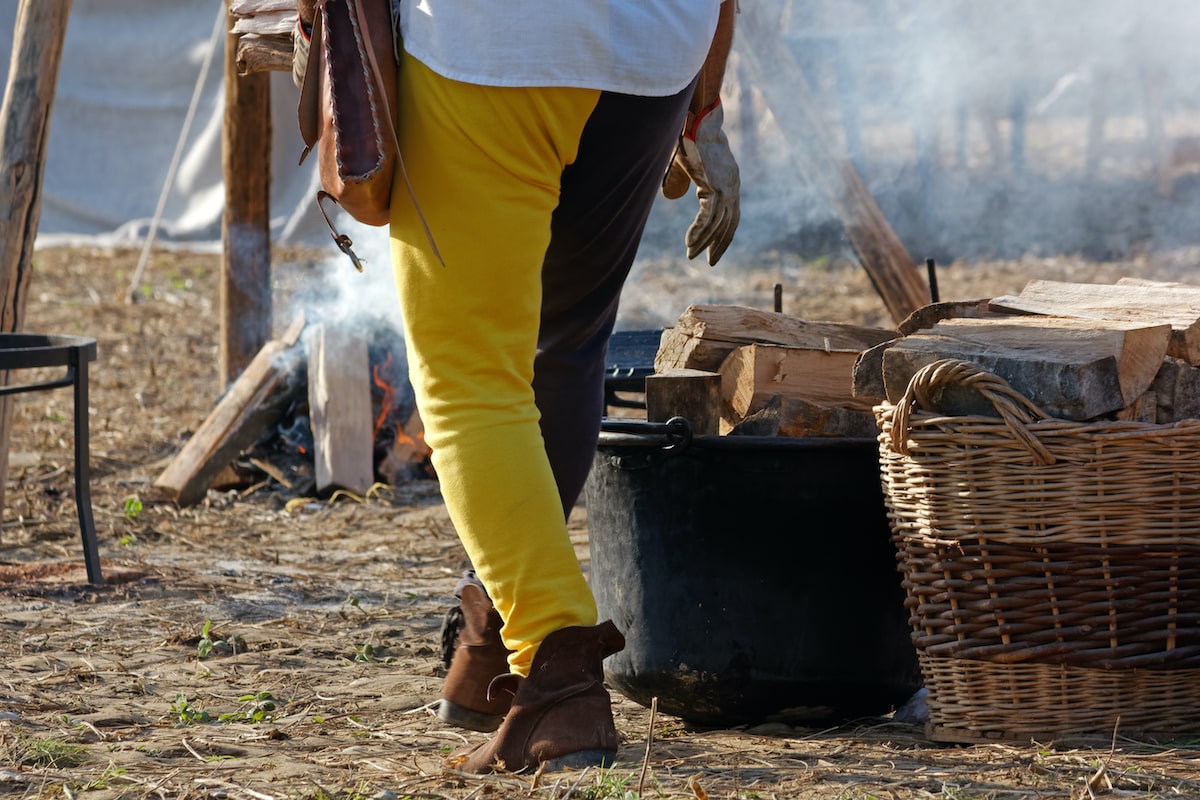 Pants
Pants Gloves
Gloves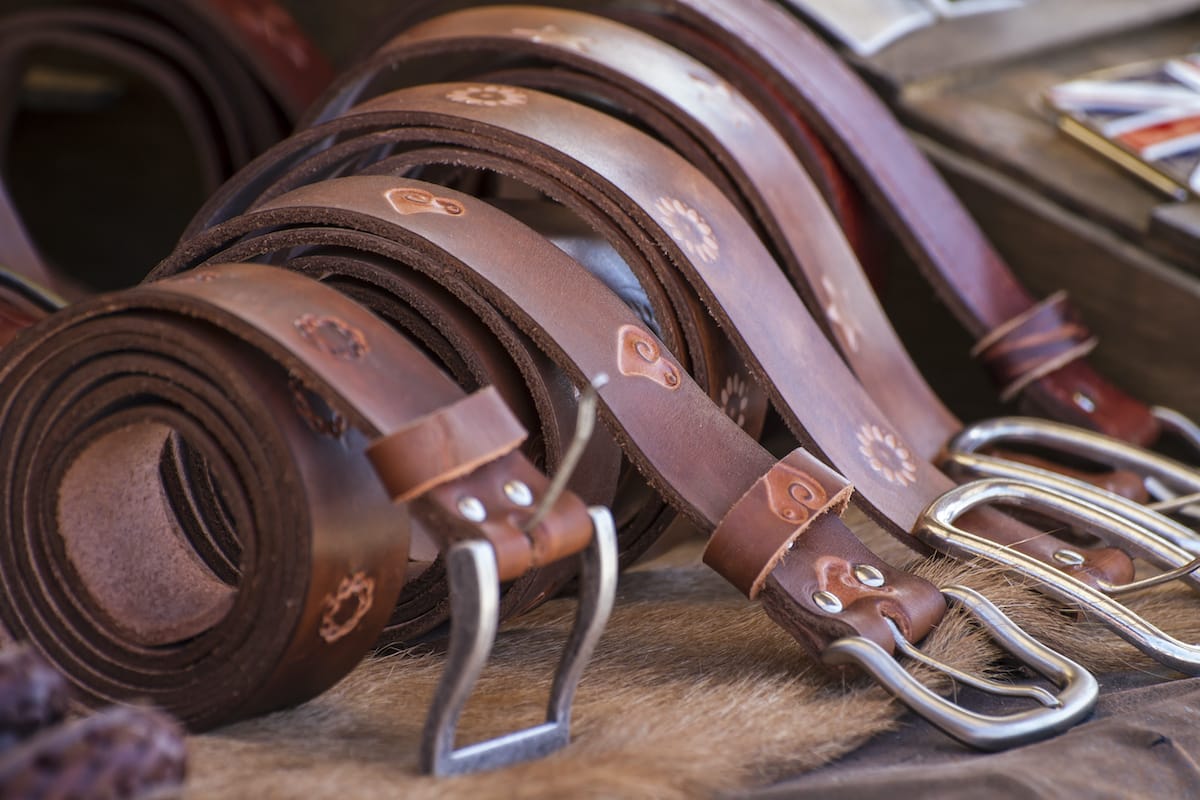 Belts
Belts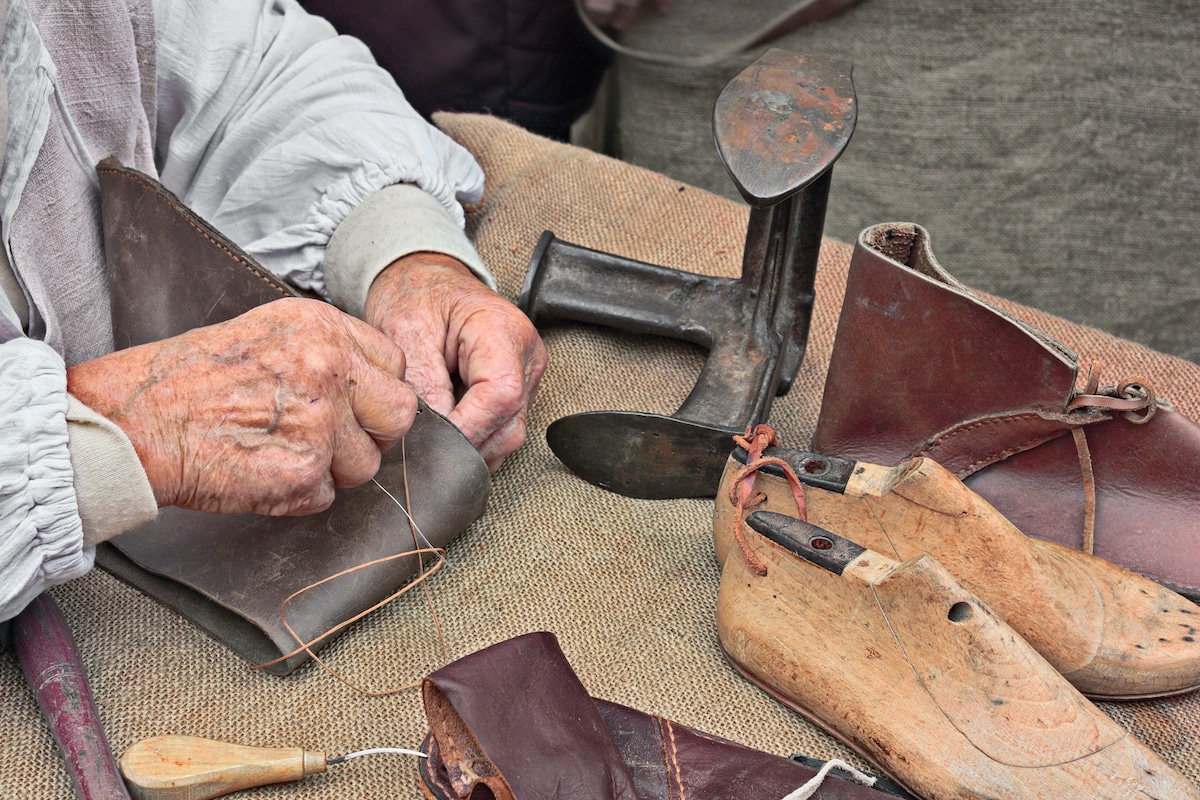 Shoes
Shoes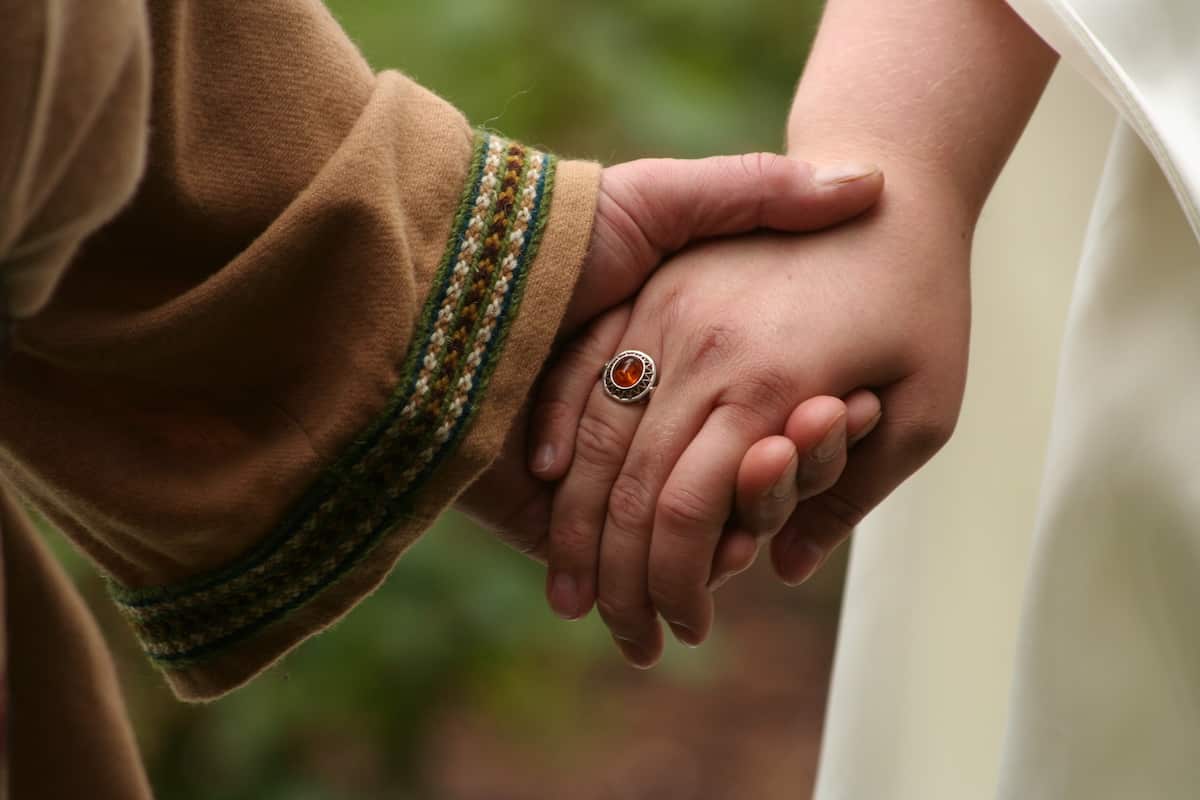 Rings
Rings Necklaces & Pendants
Necklaces & Pendants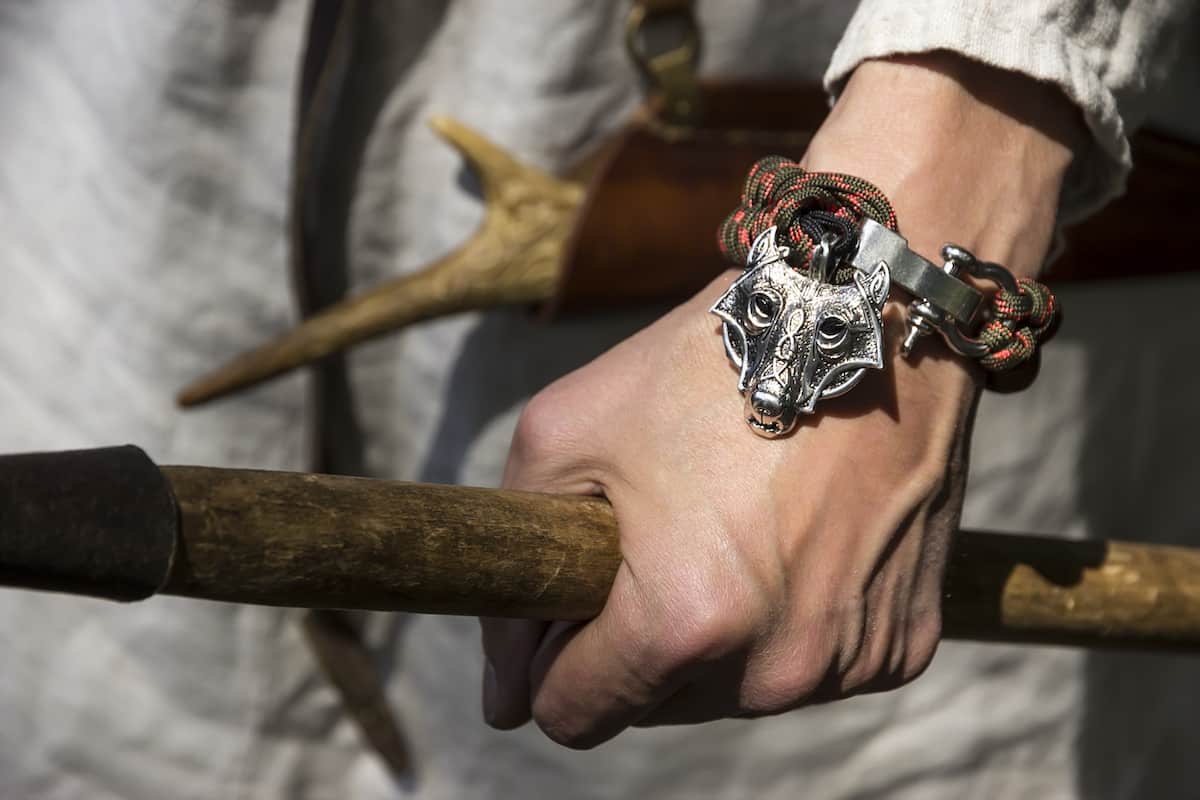 Bracelets
Bracelets



One thought on “How Dirty Were The Middle Ages?”
Comments are closed.